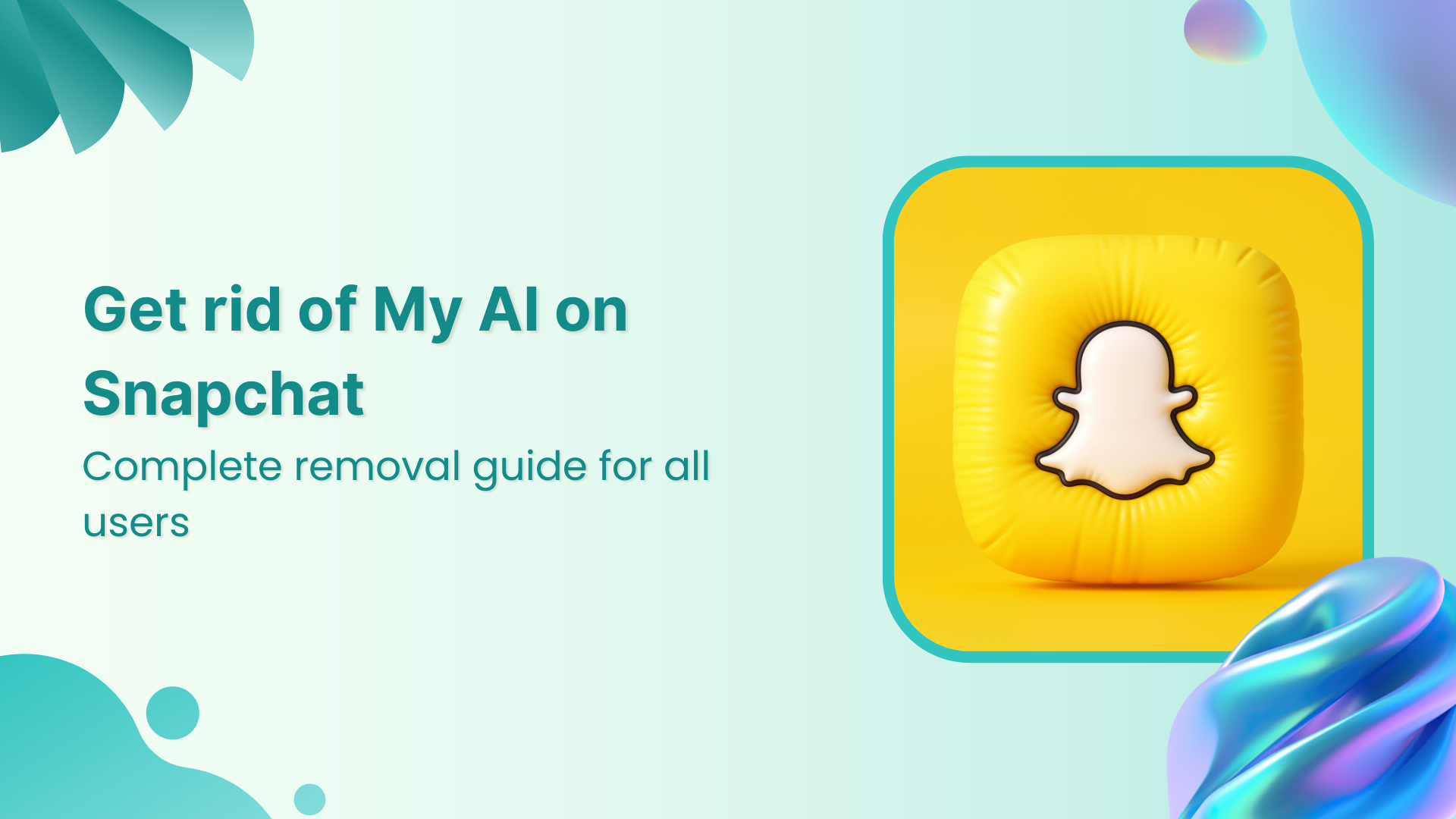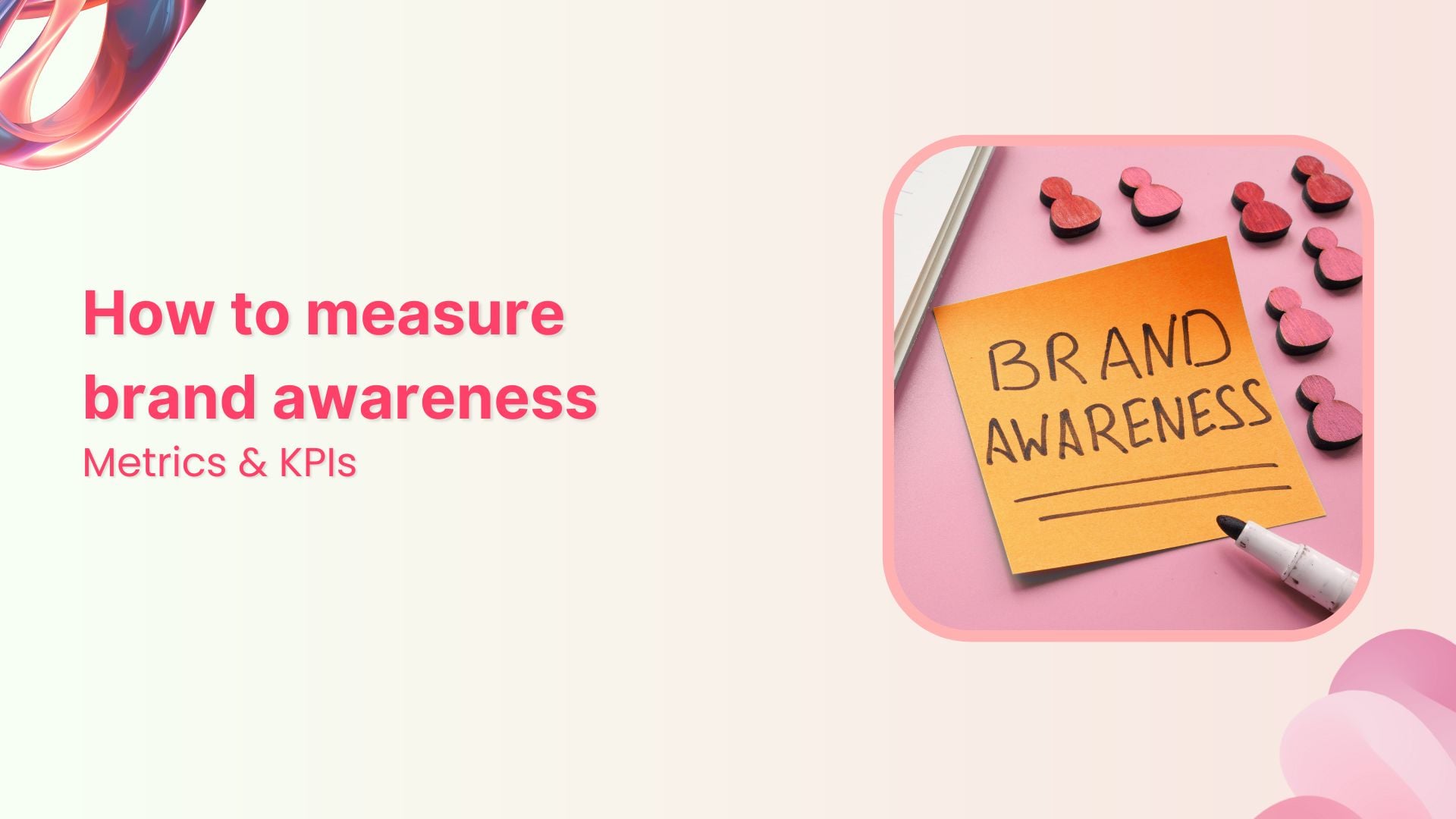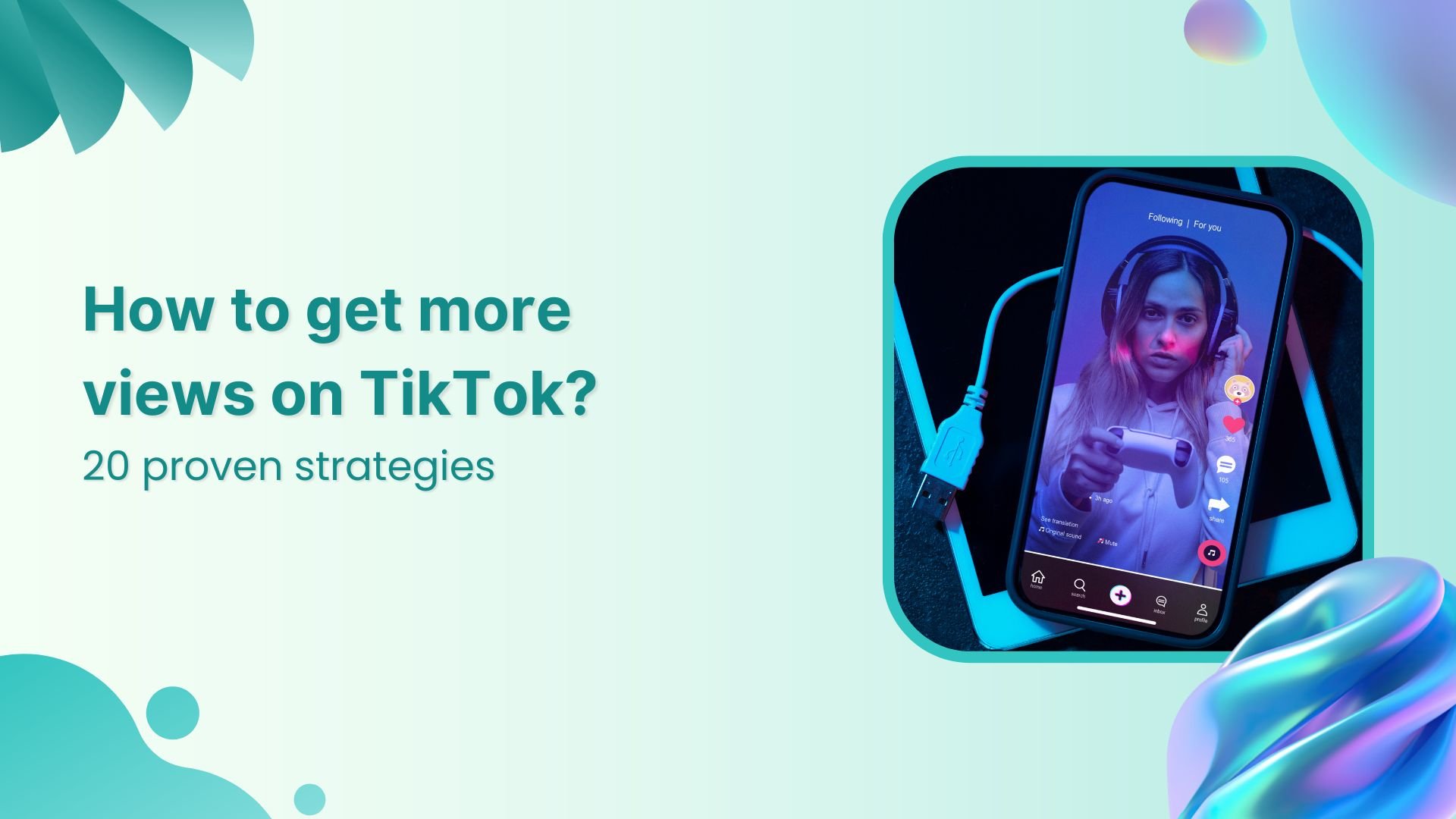Bulk-generate & schedule posts in seconds with Smart Scheduling. Try now!
Coded

What does coded mean in social media?
In social media slang, coded is used to describe people, objects, or behaviors that embody recognizable traits associated with specific characters, stereotypes, or archetypes. This term allows users to communicate complex associations quickly and playfully.
For example, if someone is referred to as "Disney princess coded," it means they exhibit qualities typically found in Disney princesses, such as kindness, elegance, or a fairy-tale-like charm.
Similarly, a person who is "cat coded" might be perceived as independent, mysterious, or selective with their affection.
The term "coded" helps create shorthand references that resonate with a shared cultural understanding. Social media platforms like TikTok, Twitter (X), and Instagram popularize these expressions as users creatively compare real-life people and fictional characters.
The origins of coded
The use of coded in the social media context gained traction on Tumblr in the mid-2010s, particularly within fan communities discussing media representation. The term was initially used to describe characters who appeared to belong to a particular racial, gender, or personality group without explicit confirmation from creators.
One of the earliest prominent examples was the character Garnet from Steven Universe, who was widely considered Black coded due to her voice actress, mannerisms, and design, despite being an extraterrestrial being without a defined race. This sparked broader discussions about how media subconsciously or subtly represents cultural identities.
Over time, coded evolved to describe not just racial or gender associations but also broader personality traits and aesthetics. Today, someone can be "jock coded" (athletic and competitive), "cottagecore coded" (into rural, whimsical, and nature-inspired aesthetics), or even "villain coded" (possessing traits reminiscent of classic antagonists).
Examples of coded in social media
- "Pikachu coded" – Someone who is energetic, playful, and often the center of attention.
- "Femme coded" – A person, regardless of gender, who exhibits traditionally feminine qualities such as elegance, softness, or nurturing behavior.
- "Jock coded" – A person who aligns with the stereotype of being physically active, competitive, or sports-oriented.
- "Mr. Bean coded" – Someone who is socially awkward but endearing in an eccentric way.
- "CEO coded" – A person who carries themselves with confidence, authority, and a business-minded attitude.
These descriptions are often used humorously and creatively in online discourse to highlight personality traits, aesthetics, or behavioral patterns.
Why understanding coded language matters?
Recognizing and understanding coded language is essential for engaging effectively in online culture. It helps:
- Strengthen digital communication – Understanding these references allows users to grasp memes, jokes, and discussions more quickly.
- Improve social media engagement – Brands and influencers can use coded language to connect with niche audiences and make their content more relatable.
- Enhance media literacy – Recognizing coded traits in media helps viewers identify underlying themes and representation choices in entertainment.
Since social media trends evolve rapidly, staying informed about terms like coded ensures that users remain culturally aware and able to participate in digital conversations seamlessly.
Conclusion
The term "coded" has grown beyond its initial use in media analysis and has become a staple in internet culture. Whether describing personality traits, aesthetics, or fictional character similarities, it offers a fun and efficient way to communicate complex ideas. As social media continues to shape language, coded will likely remain a significant part of digital expression.

Create, plan, schedule, and publish posts on all social media networks
Recommended for you


Powerful social media management software
14-day free trial - No credit card required.


